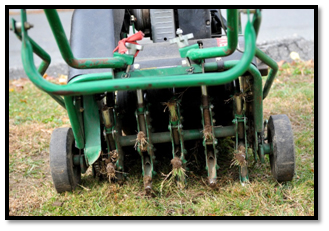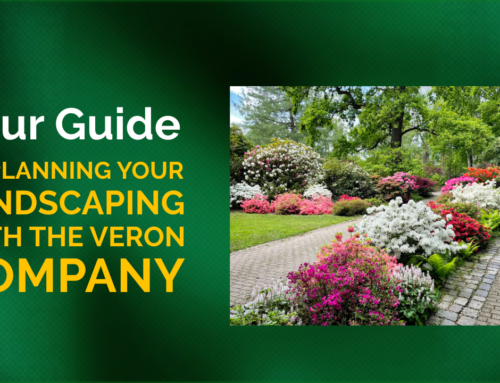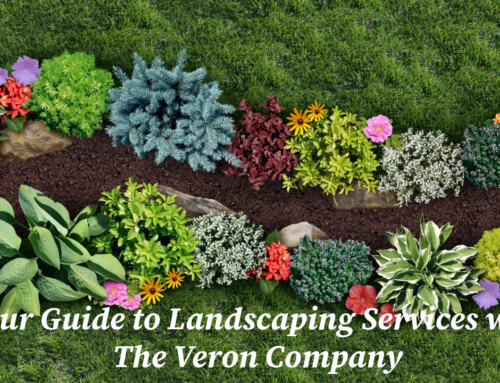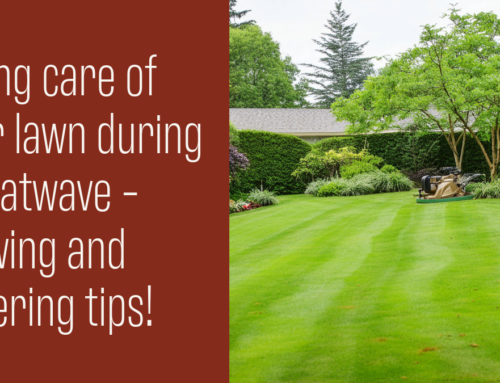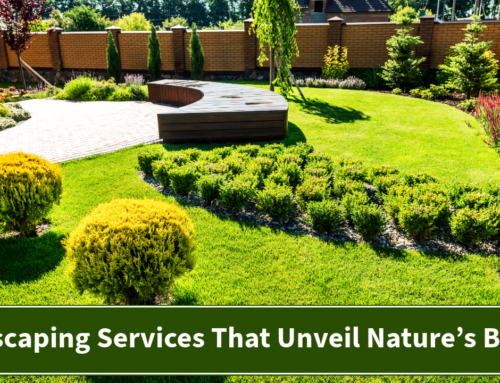Compacted soil and thatch are two big problems to having a healthy face. Core Aeration will help to alleviate these problems by allowing beneficial air, water, and nutrient movement to reach the root zone. Aeration should be a regular part of any annual lawn maintenance program to reduce soil compaction and thatch in check.

Benefits to Core Aeration and Over-Seeding
- Fills in bare spots to provide a thick, green lawn
- Constrict weeds and crabgrass
- Decreases soil compaction
- Helps expand root development
- Allows nutrients, water, and oxygen to reach deep into the soil
- Improvement in overall plant health
- Helps decompose the thatch layer
- Increased seed germination throughout seed to soil contact
Why does my lawn need aeration?
Over time, your lawn can become compacted by the pounding of heavy rains and even just simply by walking on it. The compacted surface inhibits water, nutrients, and air from reaching the plant’s root system.
When is the best time to aerate?
Aeration can be done anytime during the growing season. The amount of times your lawn needs aerating depends on its soil compaction. The two most popular times to aerate are in the spring and fall. Spring aeration gives grass plants a little extra boost and provides faster greening. Whereas fall aeration helps strengthen underground root systems operating an excellent bed for over seeding. The Veron Company can tell if your lawn needs aerating and suggest the most appropriate time to have it done.
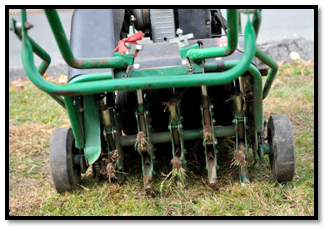 How does an aerator work?
How does an aerator work?
There are several types of pole and walk behind aerator is on the market. The most common is a core- type machine that removes small plugs from the turf. Court aerators have a minimum penetration of 2 1/2 inches and remove plugs anywhere from 1/4 to 3/4 inches in diameter. Spiking units push small tines into the turf without removing soil plugs. I third type, slicing aerators, literally flies through the soil creating openings.
 Immediately: Aeration opens the soil to air, water, and nutrients. The openings allow air diffusion and better water movement, giving plant roots a place to stretch and grow to become more vigorous and dense.
Immediately: Aeration opens the soil to air, water, and nutrients. The openings allow air diffusion and better water movement, giving plant roots a place to stretch and grow to become more vigorous and dense.
 Long Term: Aerated lawns will be less susceptible to disease and thatch buildup. This process can help solve small thatch issues. Furthermore, aeration reduces water runoff and increases turf tolerance to heat and drought.
Long Term: Aerated lawns will be less susceptible to disease and thatch buildup. This process can help solve small thatch issues. Furthermore, aeration reduces water runoff and increases turf tolerance to heat and drought.
What are some immediate and long-term benefits?
Aeration is a natural process that has no harmful side effects. Even the small plugs left behind by core-type aerators are beneficial. In the process of breaking down, they deposit a light coating of top dressing that helps decompose thatch grown at the base of grass plants.

The picture above shows the various stages from before and after aeration.
Topdressing with Compost
Top dressing is the process of applying compost, soil, or sand over the surface of your lawn. It was originally performed on playing surfaces for sports that needed a smooth lawn, like golf. Because of the all the benefits observed, it has become more popular in-home lawns.
What are the benefits of using compost?
- Promotes quicker recovery from physical damage
- Fills in gaps in grass which helps the structure of the root zone
- It provides nitrogen, phosphorus, potassium, sulfur, and micro-organisms that are essential for plant growth
- Helps to reduce erosion by holding soil and water particles together
- Kills opportunistic pests and weed seeds
- Compost is organic material that feeds soil to make it healthy

How does topdressing help soil structure?
Soil structure refers to the arrangement of soil particles and how they stick together. The structure plays a major role in water and air movement to create an ideal environment for plant growth. The ideal structure of soil would be made up of particles from other matter, sand, silt, clay, etc, that would them be formed into larger granules. Many factors can affect how soil is formed. The five major factors include time, climate, parent material, topography, and organisms. With compacted soil, small pores are created that allow water through but denies access of oxygen to the roots. By top dressing you lawn, an even balance or air and water would be able to reach your plants’ roots.
CALL VERON TODAY FOR A FREE ESTIMATE!! (508)485-4884

